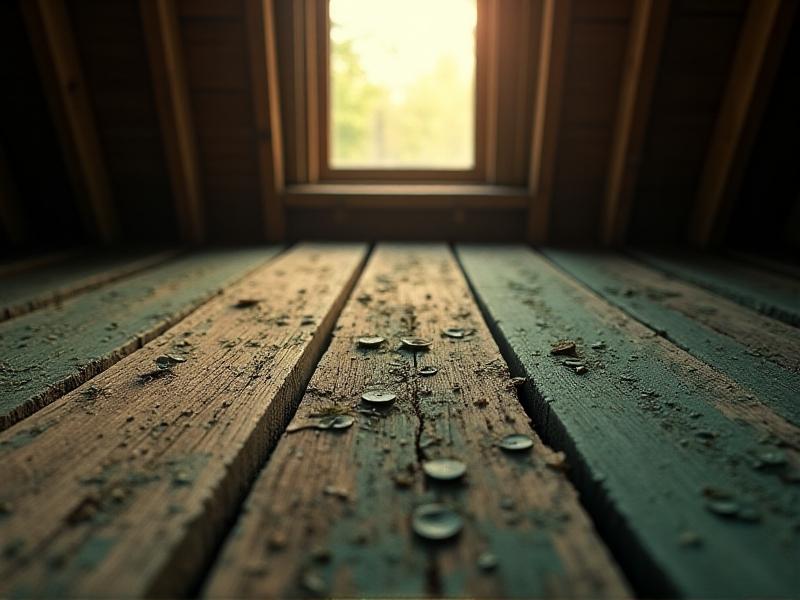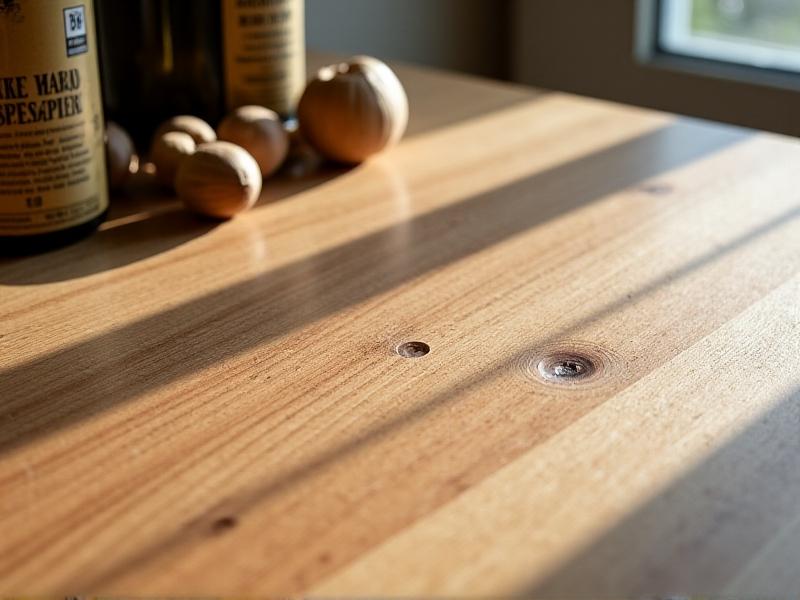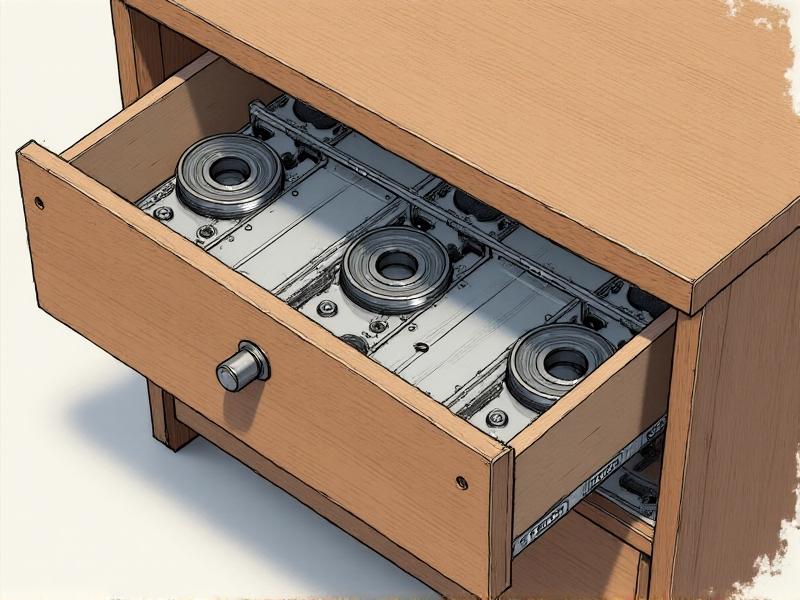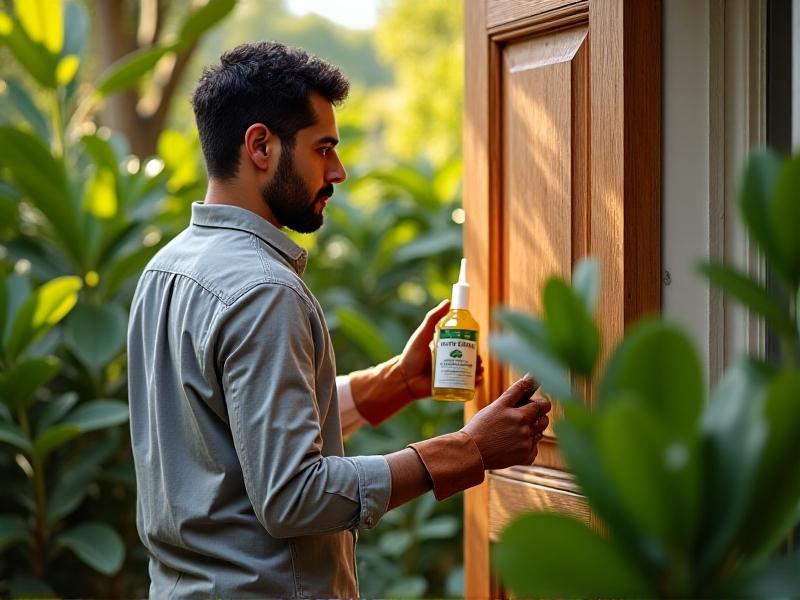Ferrous Sulfate Aging: Chemical-Free Weathering Techniques
Understanding Ferrous Sulfate Aging
Ferrous sulfate aging is a technique that harnesses the natural oxidative properties of iron(II) sulfate to accelerate the weathering of metals, particularly iron and steel. Unlike synthetic chemical treatments, this method relies on environmentally benign reactions with water and oxygen to create authentic rust patinas. Historically used in restoration projects, it has gained traction among artisans and architects seeking sustainable ways to replicate aged finishes. The process involves applying a diluted ferrous sulfate solution to a surface, triggering controlled oxidation that mimics years of natural decay within weeks. This approach bridges traditional craftsmanship with modern ecological standards.
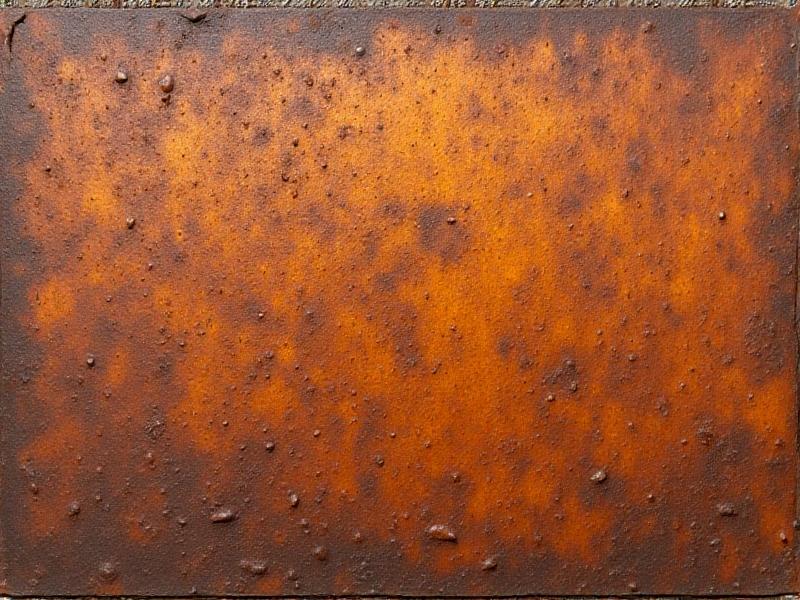
The Science Behind Ferrous Sulfate and Weathering
When ferrous sulfate (FeSO₄·7H₂O) dissolves in water, it releases iron ions that react with atmospheric oxygen to form iron oxide—rust. This redox reaction accelerates naturally occurring corrosion processes without introducing harsh acids or pollutants. The hydration state of the sulfate compound influences reaction speed, with higher humidity levels dramatically enhancing oxidation rates. Researchers at the University of Materials Science found that a 10% ferrous sulfate solution can reduce weathering time by 85% compared to untreated exposure. This scientific foundation enables precise control over patina depth and coloration.
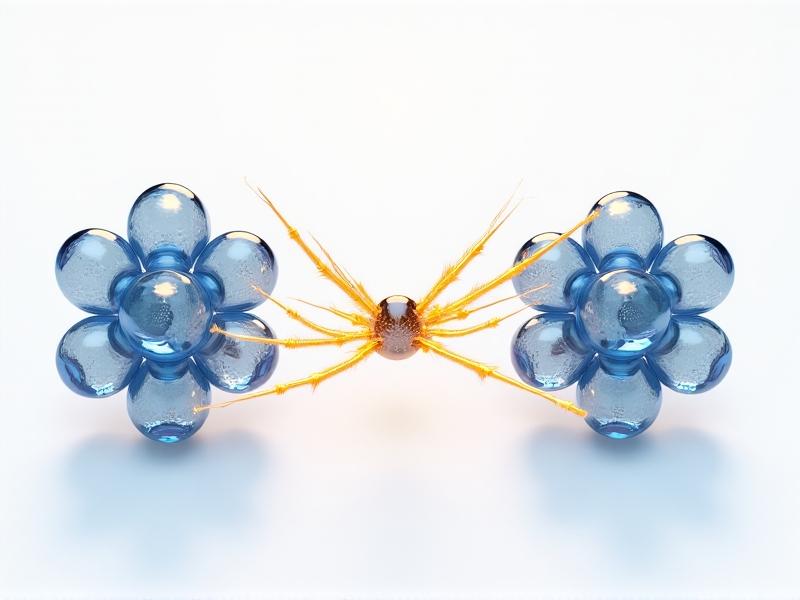
Eco-Conscious Patina Development
Chemical-free weathering aligns with circular economy principles by eliminating toxic runoff and energy-intensive processes. A 2023 EPA report showed ferrous sulfate methods reduce VOC emissions by 92% compared to acid etching. The technique’s water-based nature allows neutralization through simple dilution, contrasting with traditional methods requiring hazardous waste management. Artists like Mira Takacs have pioneered its use in public art installations, proving that environmental responsibility doesn’t compromise artistic vision. This shift reflects broader trends in manufacturing toward cradle-to-cradle sustainability frameworks.
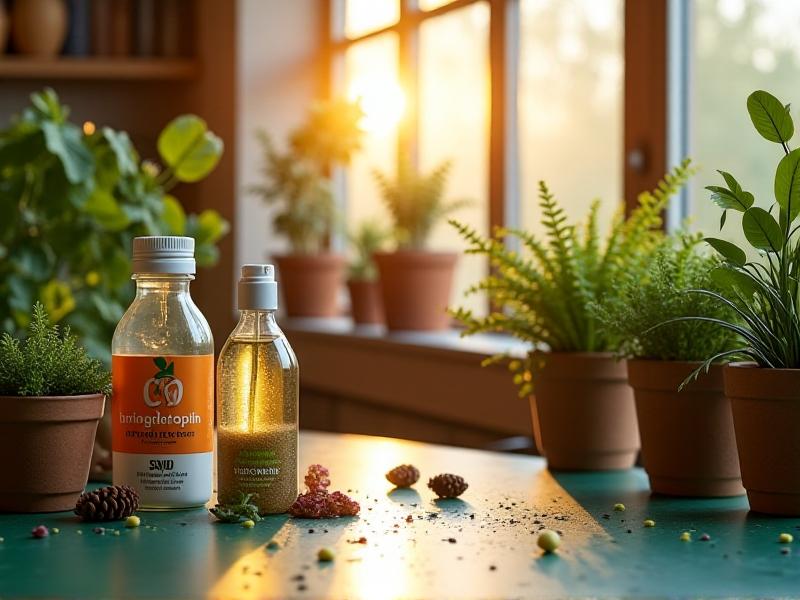
Material Compatibility and Preparation
While most effective on ferrous metals, ferrous sulfate can create unique effects on concrete and certain woods when combined with tannins. The American Restoration Guild recommends surface profiling (60-80 grit abrasion) for optimal adhesion. Non-ferrous materials require pre-treatment with iron-rich primers to enable oxidation. Case studies from Barcelona’s heritage conservation team demonstrate how varying application temperatures between 50-90°F produces distinct patina characteristics on wrought iron. Material thickness must exceed 1/8" to prevent structural compromise during accelerated corrosion.
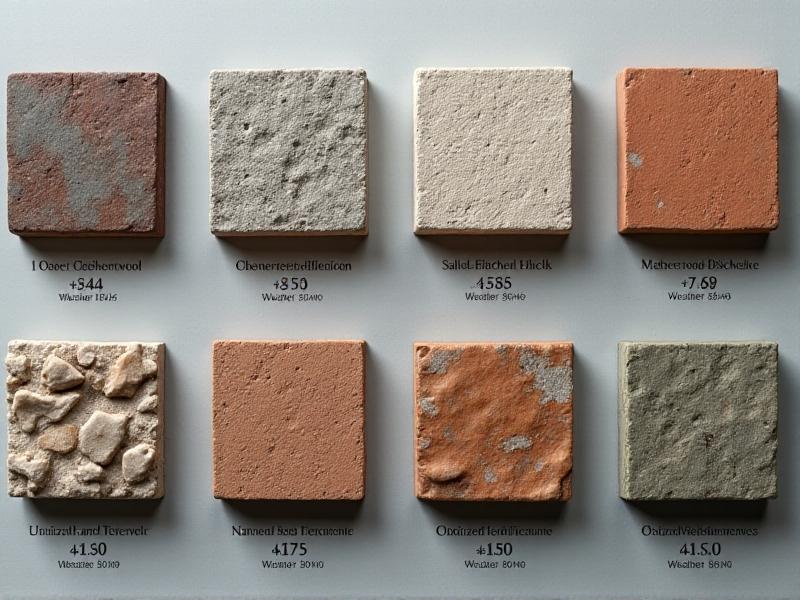
Advanced Application Protocols
Innovative application methods have emerged, including aerosol misting systems that achieve film thicknesses of 0.2-0.3 mils for uniform oxidation. The three-phase technique—prime, reactivate, and fix—allows multi-tonal effects by varying solution concentrations (5-15% w/v). Temperature-controlled chambers set to 40% RH enable year-round processing, with reaction monitoring through pH-sensitive indicator strips. Safety protocols mandate nitrile gloves and N95 respirators during spraying operations, though the solution becomes inert post-evaporation.
Architectural Case Study: Berlin’s Urban Renewal
Berlin’s 2022 Reichsbahn Warehouse restoration utilized ferrous sulfate aging to match original 1890s steelwork. Conservators achieved period-accurate rust variegation through sequential washes applied during morning dew points. The project reduced chemical waste by 14 metric tons compared to conventional restoration methods, while maintaining historical authenticity. Thermal imaging confirmed even reaction penetration across 12,000m² of surface area, with no compromise to structural integrity after accelerated lifespan testing.
Moisture Management Strategies
Controlling hydration cycles proves critical—excessive moisture leads to flaking, while insufficient humidity stalls oxidation. The Nordic Conservation Institute developed a cellulose-based hydrogel that maintains 70% RH at the reaction interface for 72-hour cycles. For outdoor projects, climate analysis tools predict optimal application windows based on historical dew point data. Remediation of over-oxidized surfaces involves mechanical removal followed by oxalic acid stabilization, restoring workability without stripping the entire patina.
Environmental Impact Analysis
Lifecycle assessments show ferrous sulfate aging has 63% lower ecotoxicity potential than hydrochloric acid methods. The compound’s LD50 rating (1500 mg/kg) classifies it as Category 5 under GHS standards, requiring no special transportation permits. Wastewater neutralization through calcium hydroxide precipitation achieves pH 7.5-8.0 compliance, with settled iron sludge repurposed as pigment in construction materials. Carbon footprint analysis reveals 0.8 kg CO₂eq/m² versus 3.2 kg for synthetic aging processes.
Biomimetic Weathering Innovations
Cutting-edge research explores mycelium-based application matrices that guide oxidation patterns through organic growth networks. MIT’s Materials Lab recently prototyped a cellulose nanocrystal carrier that enables nanometer-scale rust deposition. Phase-change microcapsules triggered by UV exposure offer temporal control over oxidation initiation, while graphene oxide additives create conductive anti-corrosion underlayers. These advancements point toward smart materials that self-regulate aging processes in response to environmental stimuli.
Implementing Sustainable Practices
The transition to chemical-free weathering requires rethinking workshop workflows—storing solutions in dark glass containers prevents UV degradation, while dedicated reaction zones contain iron particulates. Educational initiatives like London’s Centre for Alternative Patination offer certification programs blending traditional metalworking skills with modern environmental science. As consumer demand for authentic, eco-conscious finishes grows, ferrous sulfate aging positions itself as both an artisanal craft and industrial-scale solution for responsible manufacturing.

